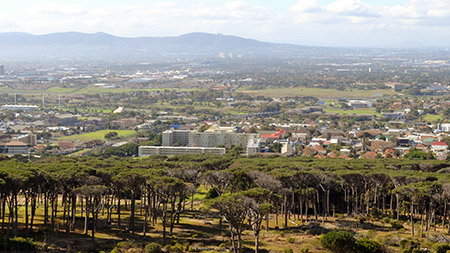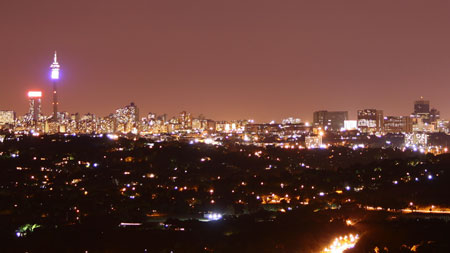In Cape Town, the DA has increased their share of the vote in this year’s local government elections. The growing support is an effort by local residents to ensure efficient service delivery is maintained in the city.
Following this year’s historic local government elections (LGE) in South Africa, a property case study on Cape Town has confirmed that maintaining good service delivery is an essential priority amongst residing voters within the city.
This year’s elections have been the most anticipated elections results since 1994. Cape Town is no longer the only metropolitan municipality governed by the opposition party, the Democratic Alliance (DA).
There has been a political shift from the African National Congress (ANC) to the opposition party within key metropolitan areas such as Nelson Mandela Bay, Tshwane and in Johannesburg, which is a clear indication that service delivery is a critical factor amongst citizens.
According to Samuel Seeff, chairman of the Seeff property group, this indicates that service delivery matters to the country, local communities, as well as the economy and the property market itself.
The Cape metro results emphasises the importance of good governance and is a clear message to all political parties - the better you deliver, the better you do at the polls.
SA’s economy strengthens:
A significant and positive outcome for this year’s elections has been the strengthening of the rand against major international currencies. According to economic analysis, South Africa’s currency has seen some of the best performance levels since the year 2008 - indicating that democracy works well for South Africa.
Maarten Ackerman, analyst of Citadel Advisory says, “this business friendly election result has been welcomed by the investment community with the rand reaching R13.67/$ on Friday. It traded at R13.71 on Monday morning.”
According to Seeff, a strong rand allows for a better economy and interest rate, which ultimately has a positive influence on the property market itself.
Property in CPT:
The Cape case study shows that over the last five years, people want to live and invest in areas where services are top notch. This is precisely why a significant number of property buyers have streamed to the Western Cape and the Cape metro in particular.
Simultaneously, through migration, the area has become richer in skills and resources which has increased business growth and strengthened the property market.
The Cape Town market has seen a strong demand for property with low stock levels in some areas.
In instances where the market has been driven downwards by poor economic outlook, the market in Cape Town has still fared well in comparison to other areas like Johannesburg and Pretoria.
This was confirmed by FNB’s Property Strategist, John Loos, in his recent Q2 Property Barometer report, that while the national average house price inflation rate was 7.1% for this year, it was far higher at 12.1% (climbing for the 5th consecutive quarter) for the Western Cape.
According to Seeff, many high-end properties in the Cape, in the suburbs of the Atlantic Seaboard, are between 30% to 40% higher than properties in the wealthy Sandton and Johannesburg neighbourhoods.
Last year, Cape Town saw the sale of a luxury Clifton villa to a wealthy Johannesburg businessman for R111 million. This is an indication that Johannesburg’s wealthy are willing to pay even more for property in the Cape. This same property is now on the market for R150m, which demonstrates the confidence that the Cape Town market holds.
Comparing market sales to JHB:
Statistics of a two-year period (2014-2015) indicate that approximately 20-odd properties within the R20 million-plus bracket were sold in Sandton and other upmarket areas in Johannesburg. These sales amounted to a collective value of R540 million, which is significantly lower in comparison to property sales in Cape Town. The same two-year period for Cape Town saw 80-odd properties sold in the Atlantic Seaboard which amounted to just under R2.5 billion.
Even in a slower property market, Cape Town has still had a significant amount of sales activity. Property sales this year between R20 million to R300 million in the Atlantic Seaboard have contributed to a total figure of R1.1 billion thus far.
According to the data recorded on Propstats, these properties were sold to a number of Gauteng buyers, ranging up to R62 million in Clifton and R75 million in Fresnaye.
Seeff concludes that Cape Town’s property market continues to remain active as a result of people wanting to live in neighbourhoods that are efficient in service delivery and have accessible mechanisms to lodge service requests.
Experience more of the Atlantic Seaboard:






